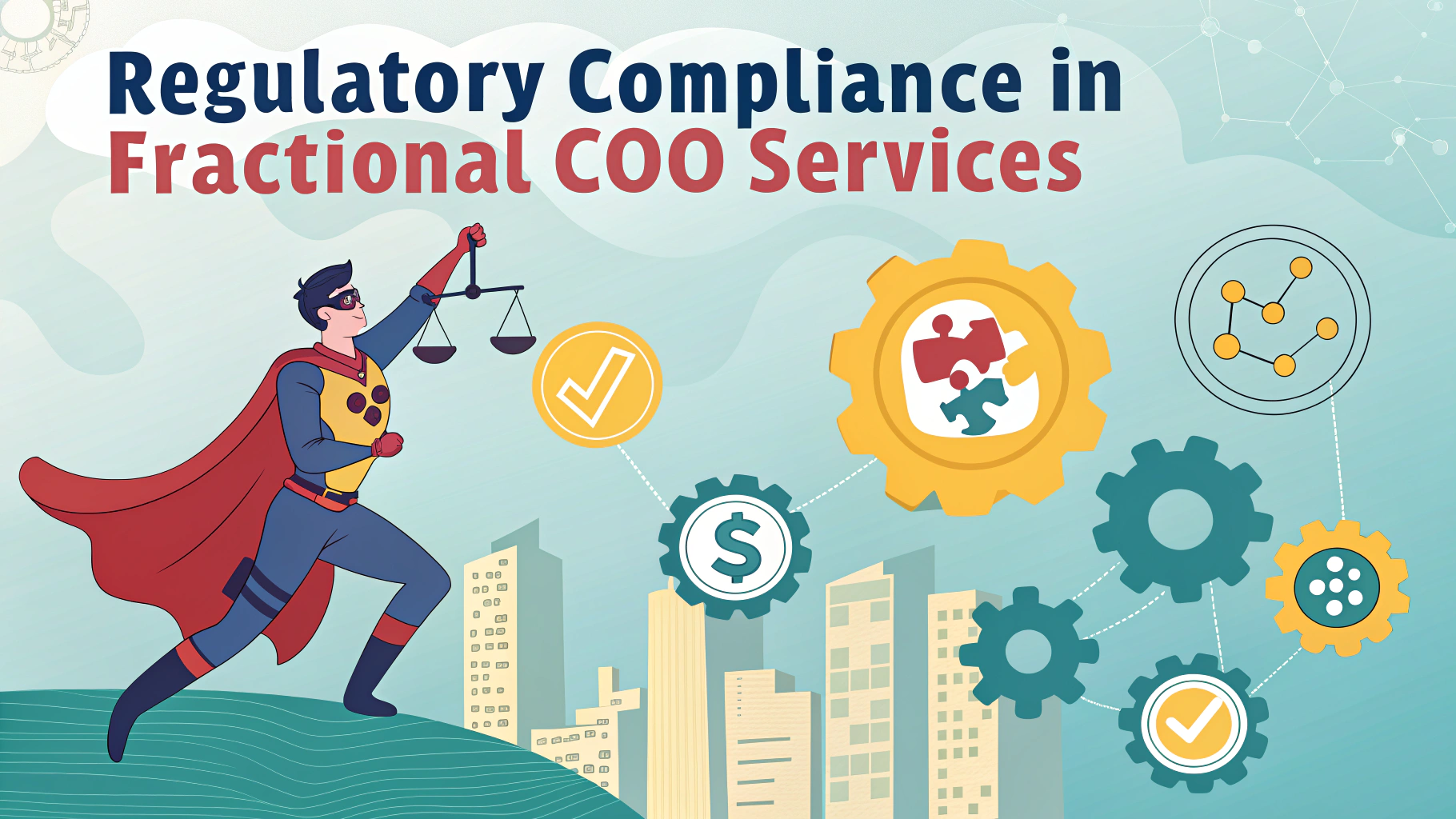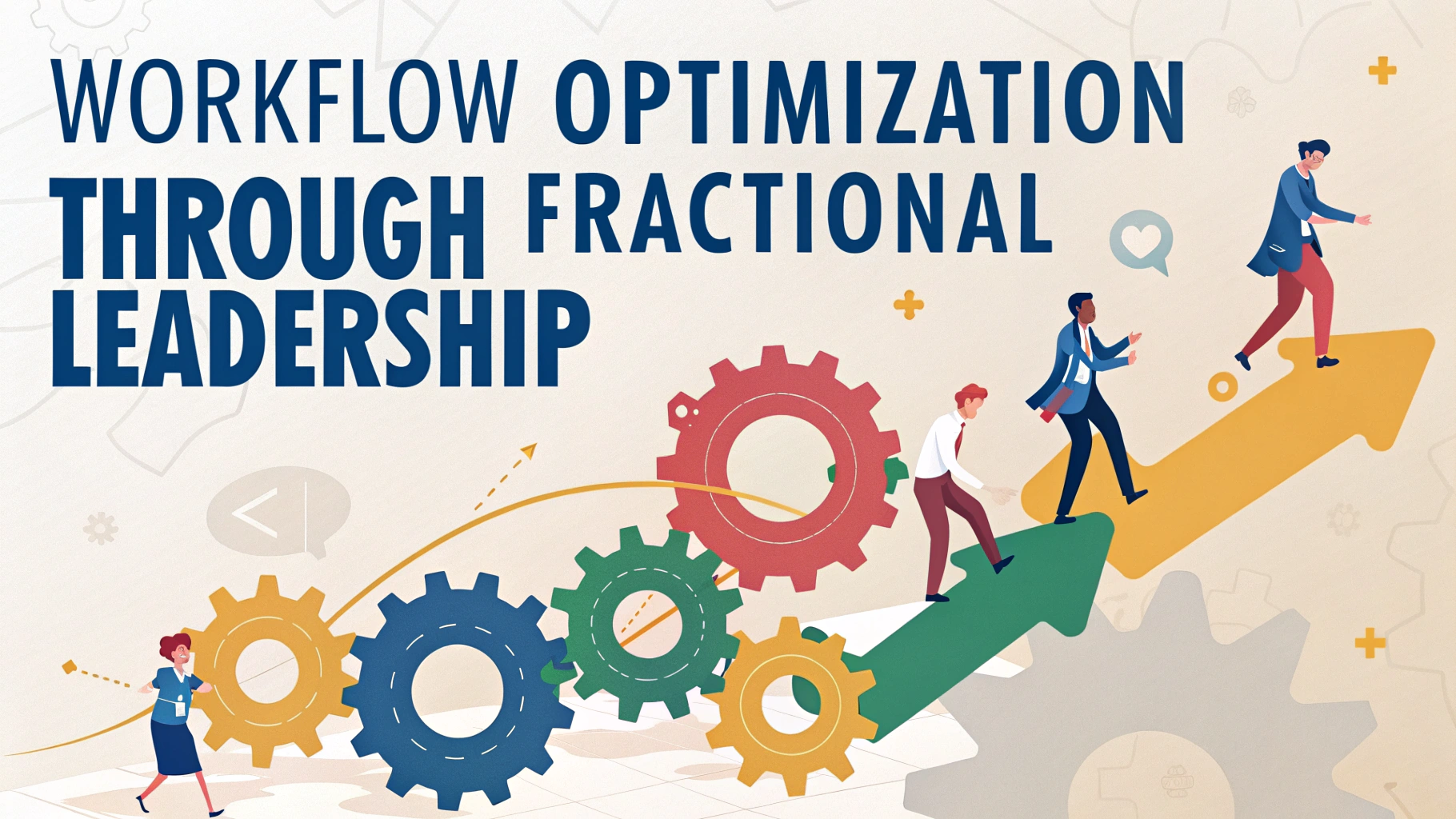A Chief Operations Officer (COO) typically oversees several key executive positions that manage different operational aspects of the organization.
The direct reports to a COO vary by company size and industry, but generally include positions critical to day-to-day operations and business execution.
Understanding the reporting structure under a COO helps clarify organizational hierarchy and decision-making channels.
Common Positions Reporting to COO
- Vice President of Operations
- Supply Chain Director
- Head of Manufacturing
- Facilities Manager
- Quality Assurance Director
- Regional Operations Directors
- Production Manager
- Logistics Director
Key Responsibilities of Direct Reports
| Position | Primary Focus |
|---|---|
| VP Operations | Daily operational oversight and strategy implementation |
| Supply Chain Director | Procurement, vendor management, and supply efficiency |
| Head of Manufacturing | Production processes and manufacturing optimization |
| Quality Director | Product/service standards and compliance |
Reporting Structure Variations
Smaller companies might have fewer layers between operations staff and the COO.
Tech companies often include IT Directors and Technical Operations leads as direct reports.
Manufacturing businesses typically add Production Supervisors and Plant Managers to the direct reporting line.
Organizational Best Practices
- Maintain clear communication channels between hierarchical levels
- Establish regular reporting schedules and metrics
- Define specific areas of responsibility for each position
- Create backup plans for key positions
- Document processes and procedures for consistency
Future Growth Path
Many positions reporting to the COO serve as stepping stones to senior executive roles, including the COO position itself.
Professional development and mentorship programs often help prepare direct reports for advancement.
Regular performance reviews and goal-setting help identify future leaders within the operational structure.
Making the Structure Work
Success in these positions requires strong collaboration skills and ability to execute strategic initiatives.
Regular meetings between the COO and direct reports ensure alignment with company objectives.
Clear performance metrics help track progress and identify areas for improvement.
Cross-Functional Integration
Effective operations management requires seamless coordination across departments and functions.
COO direct reports must collaborate with other divisions including Finance, HR, and Marketing.
Regular cross-functional meetings help ensure aligned objectives and resource allocation.
Technology and Systems Support
- Implementation of enterprise resource planning (ERP) systems
- Data analytics for operational decision making
- Automation of routine processes
- Digital transformation initiatives
- Real-time reporting capabilities
Risk Management Considerations
Direct reports must identify and mitigate operational risks within their areas.
Business continuity planning falls under the responsibility of key operational leaders.
Regular audits and assessments help maintain operational integrity.
Global Operations Management
Regional Considerations
- Cultural differences in management approaches
- Local regulatory compliance requirements
- Time zone coordination challenges
- Regional market variations
Building Operational Excellence
Success in operational leadership requires continuous improvement and adaptation.
Direct reports must balance short-term performance with long-term strategic goals.
Developing bench strength ensures sustainable operational leadership.
Regular evaluation of reporting structures maintains organizational effectiveness.
FAQs
- What position typically reports directly to the Chief Operating Officer (COO)?
Generally, the Vice President of Operations or Director of Operations reports directly to the COO, overseeing daily operational activities and implementing strategic initiatives. - Are there multiple positions that can report to a COO?
Yes, depending on the organization’s structure, department heads such as VP of Manufacturing, VP of Supply Chain, VP of Quality, and VP of Customer Service may all report to the COO. - What is the typical hierarchy below a COO in a manufacturing company?
In manufacturing companies, the Operations Director or Plant Manager typically reports to the COO, followed by Production Managers, Shift Supervisors, and Line Leaders. - How does the reporting structure differ in service-based companies under a COO?
In service companies, the Service Delivery Director or Operations Manager usually reports directly to the COO, followed by Regional Managers and Service Team Leaders. - Does the Chief Information Officer (CIO) report to the COO?
While organizational structures vary, the CIO often reports to either the COO or directly to the CEO, depending on the company’s size and industry focus. - What is the relationship between Division Presidents and the COO?
In large corporations with multiple divisions, Division Presidents may report to the COO, who coordinates and oversees all operational divisions. - How does the Regional Director position fit under the COO?
Regional Directors typically report to the COO in geographically dispersed organizations, managing operations for specific territories or regions. - Is the General Manager position usually under the COO?
Yes, in many organizations, General Managers report to the COO, particularly in retail, hospitality, or multi-unit businesses where each location has its own GM. - Where does the Supply Chain Director fit in relation to the COO?
The Supply Chain Director typically reports directly to the COO, managing procurement, logistics, and distribution networks. - How does the Quality Assurance Director report to the COO?
The Quality Assurance Director usually reports directly to the COO, ensuring company-wide quality standards and compliance with regulations.








